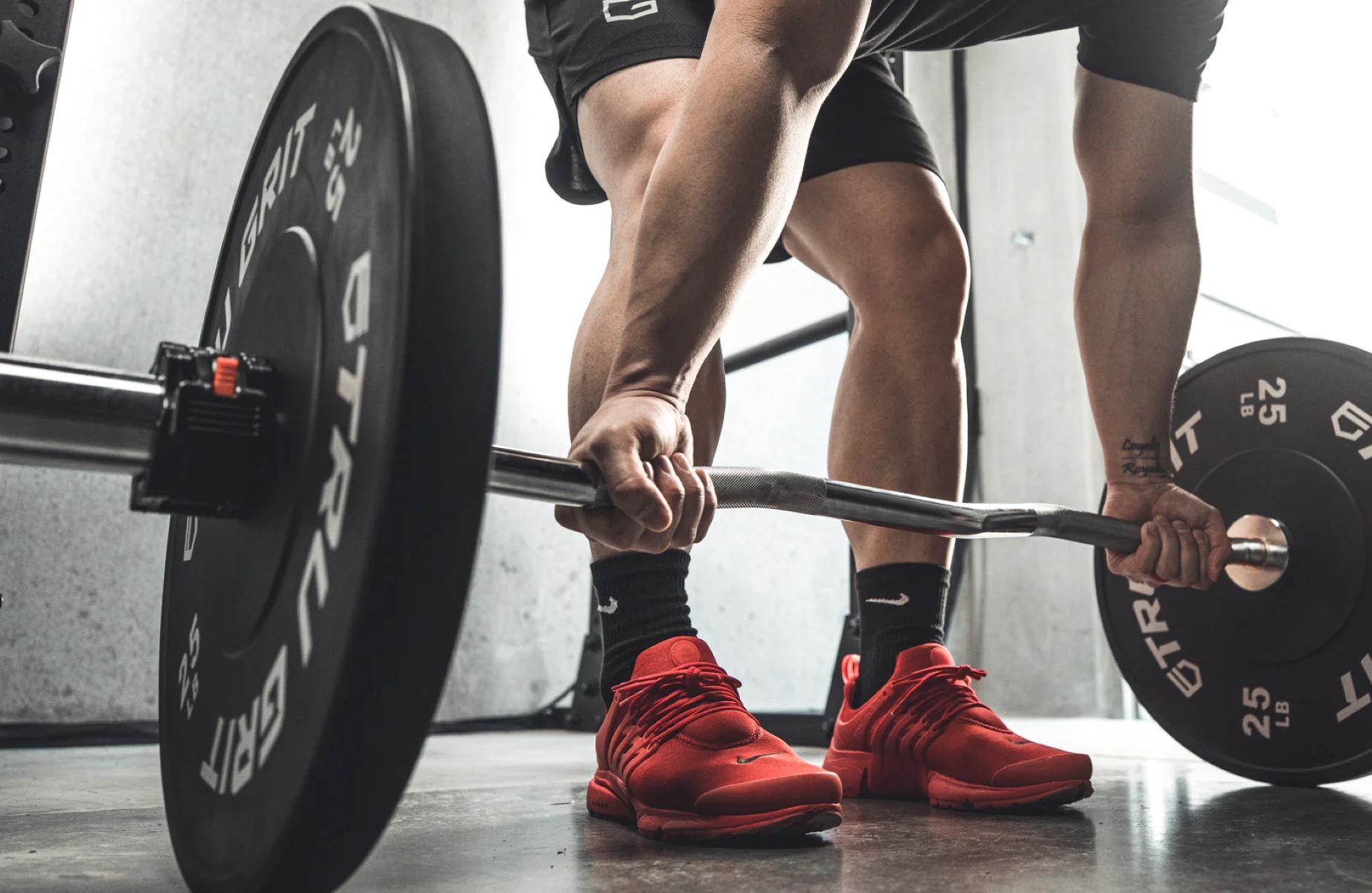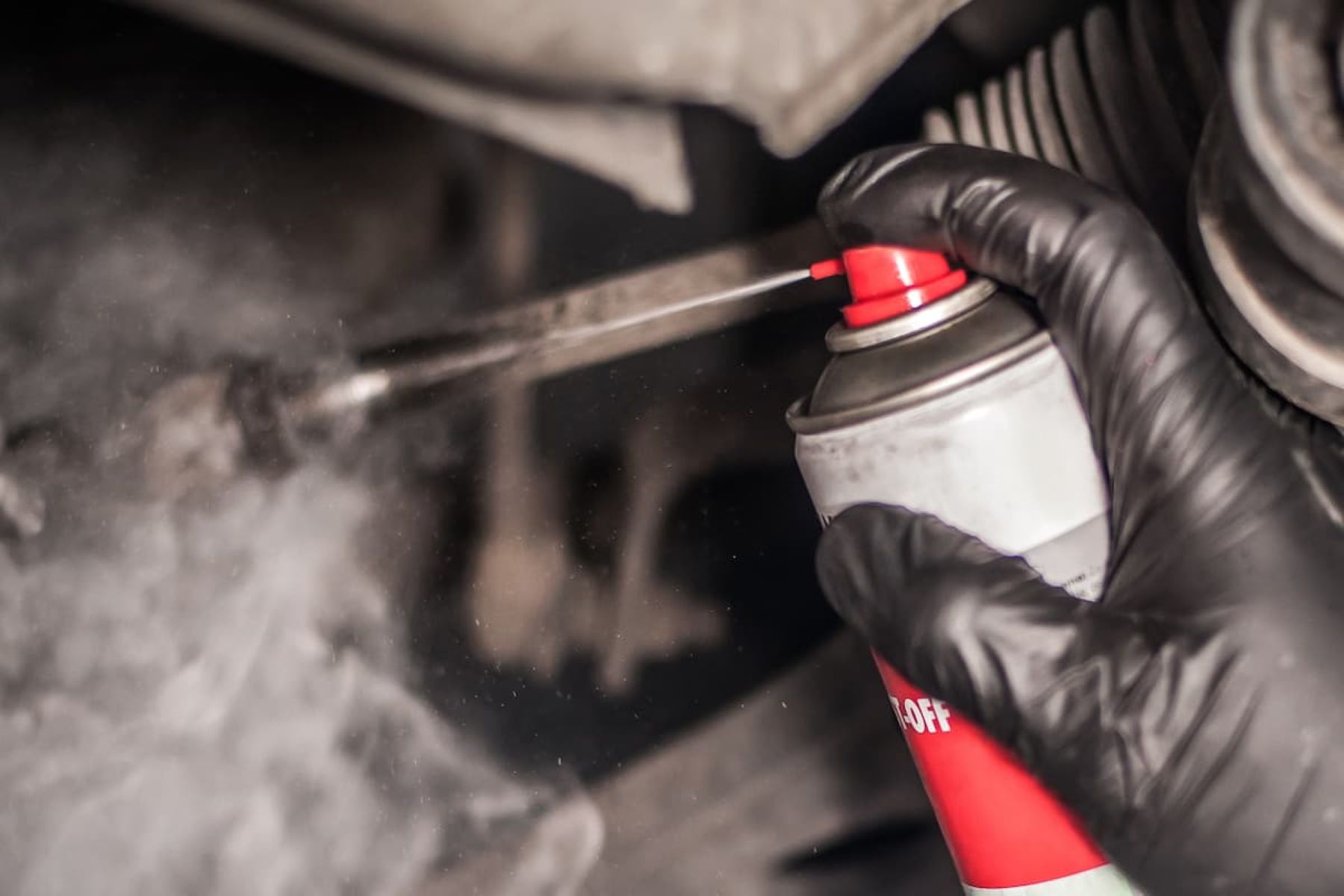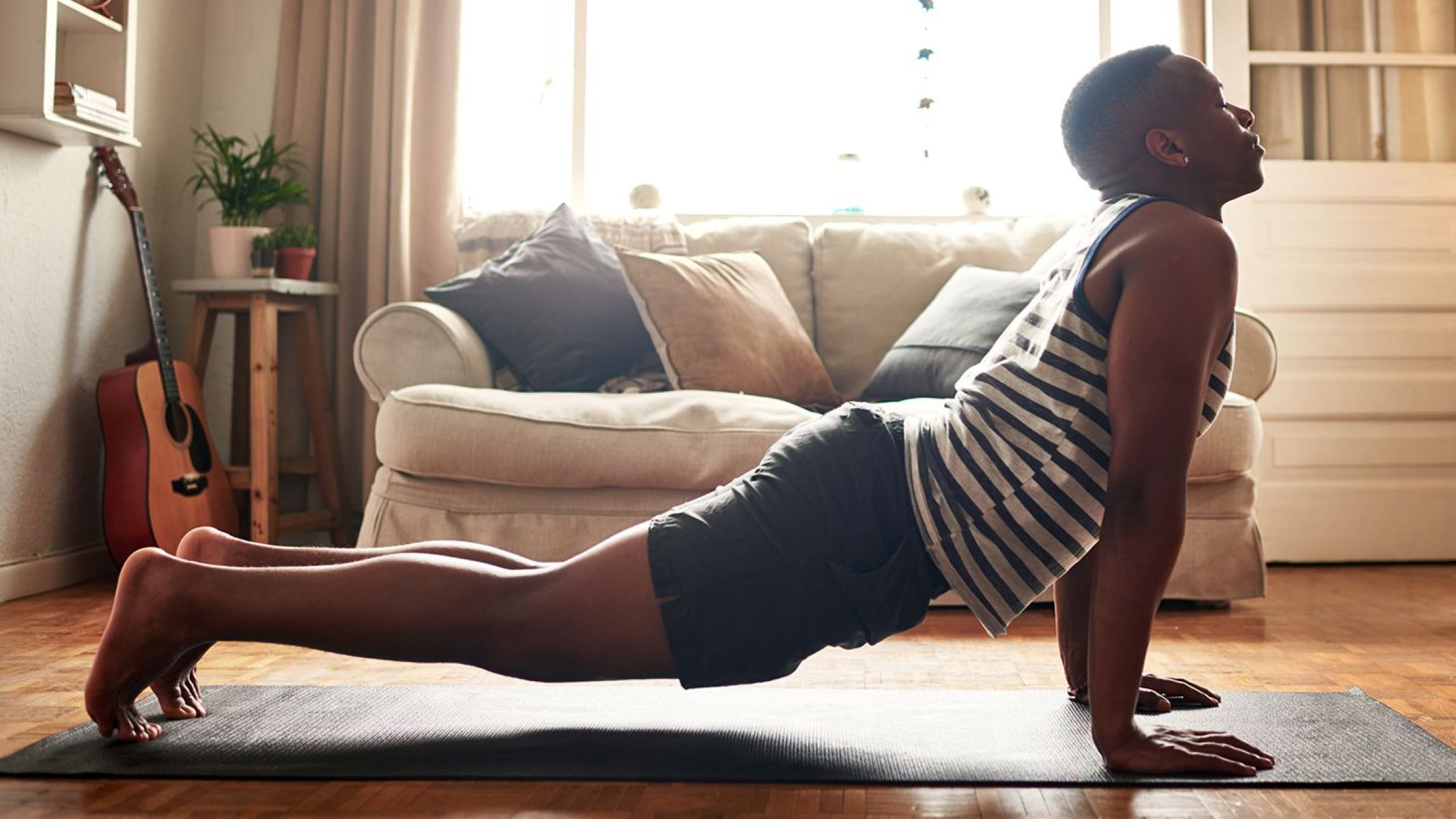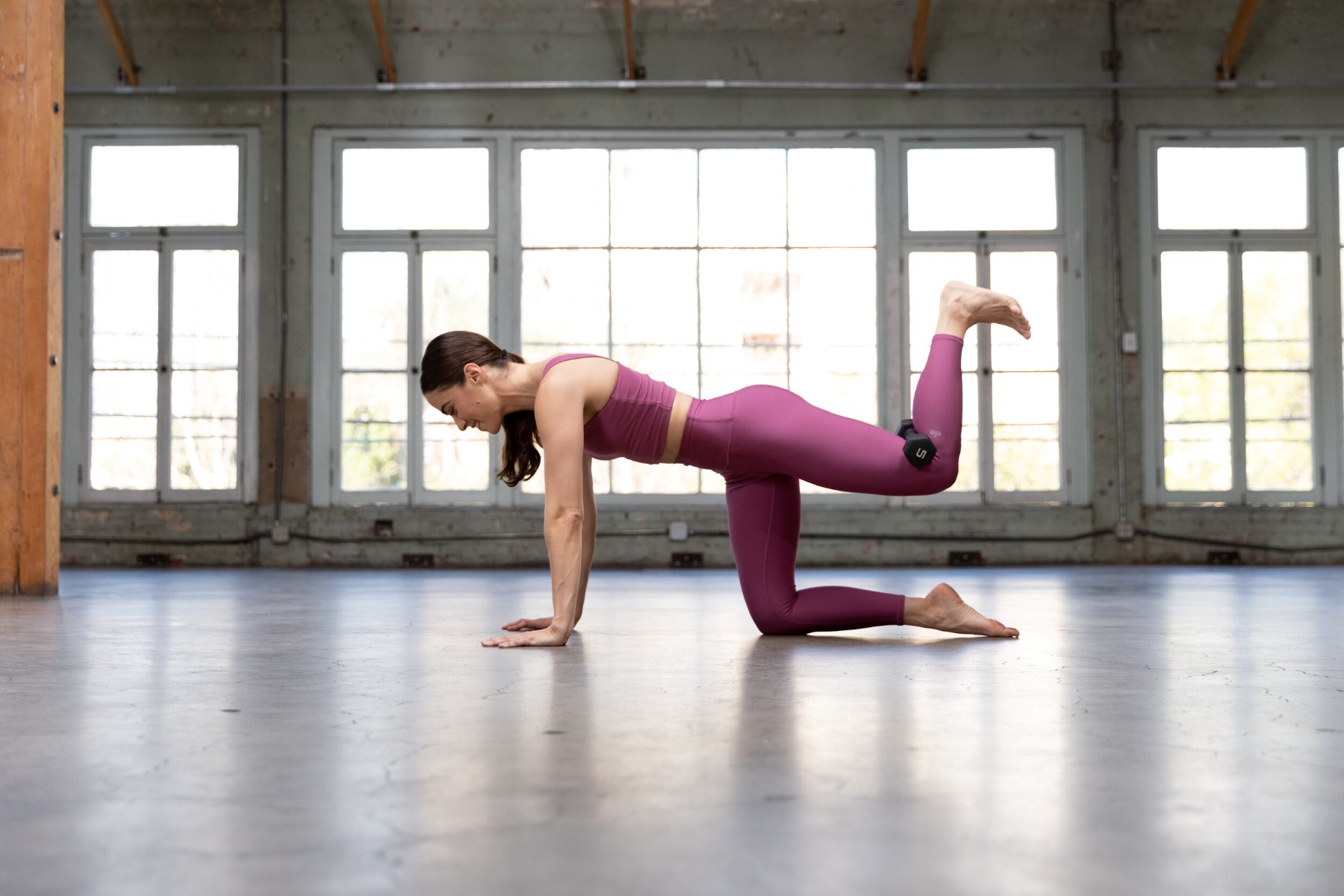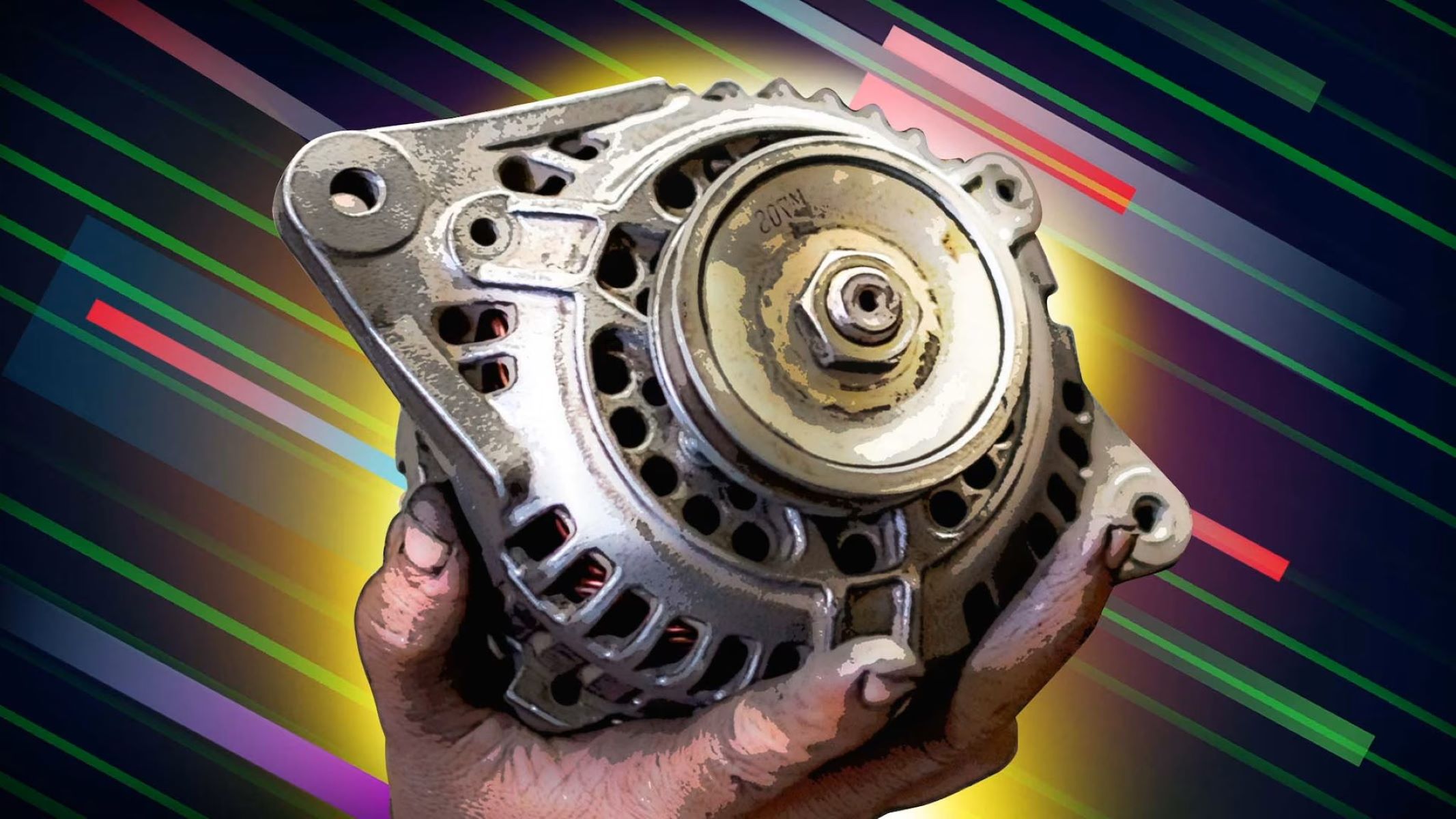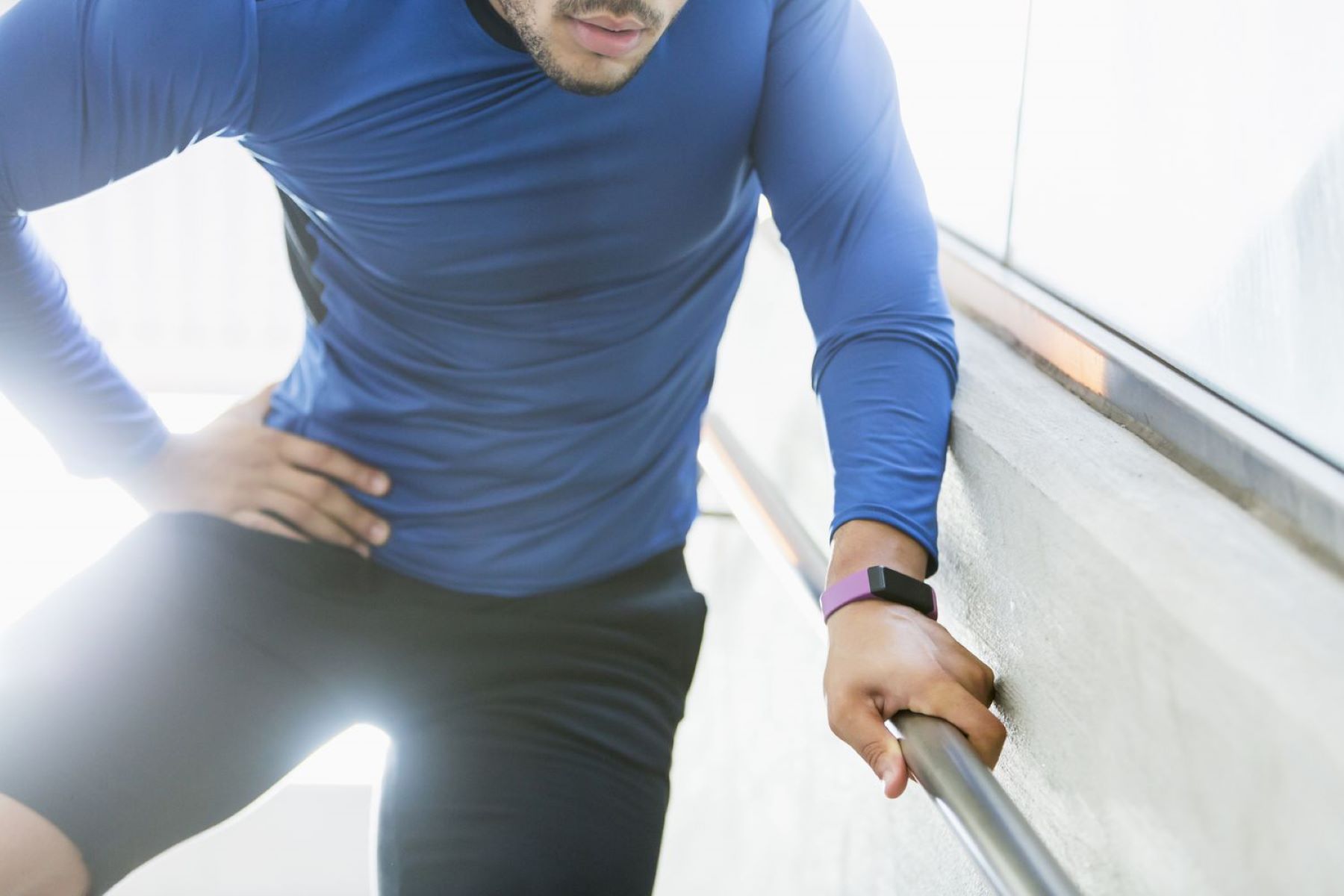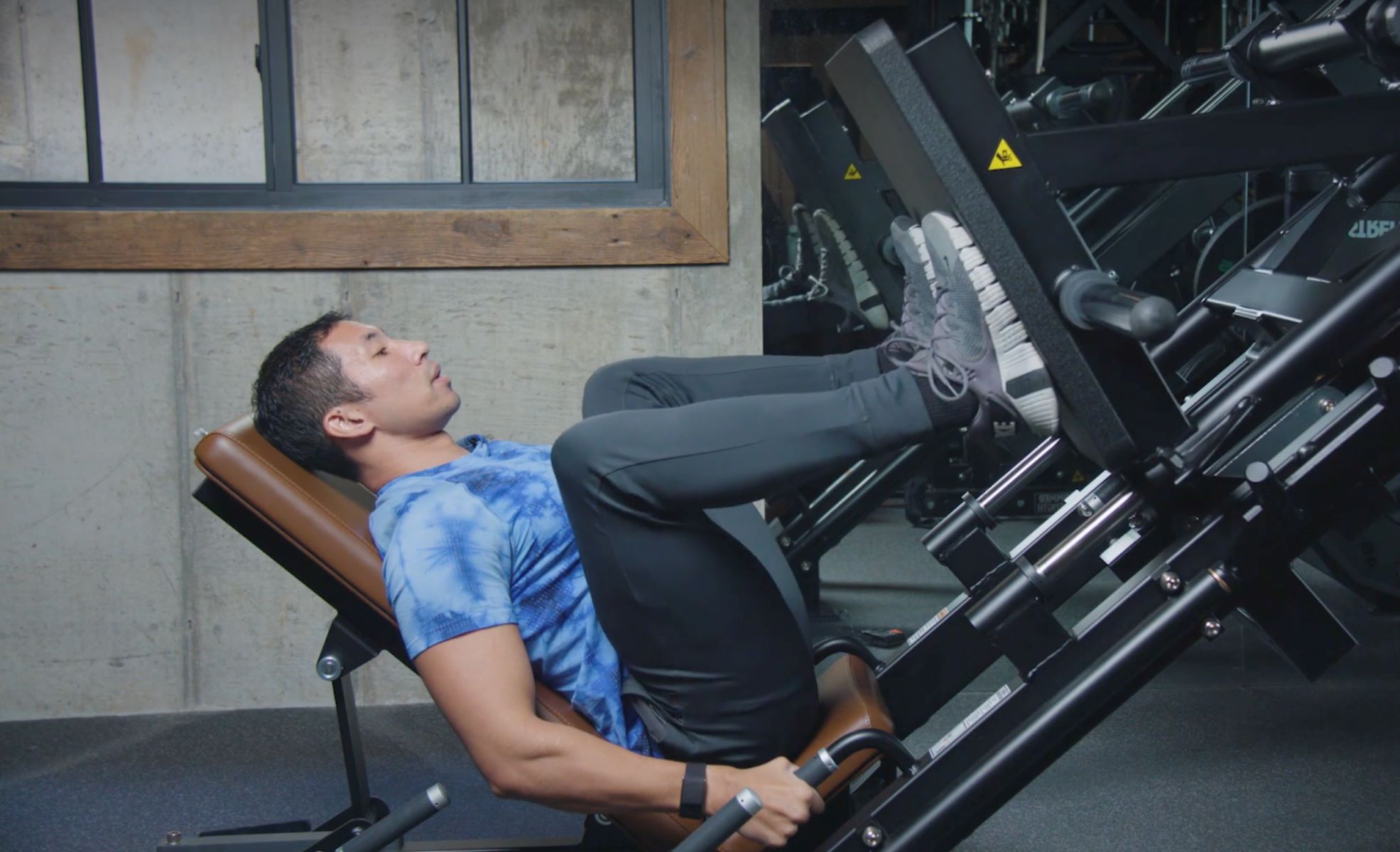Home>Health and Wellness>5 Alternative Exercises For Hip Abduction Without A Machine
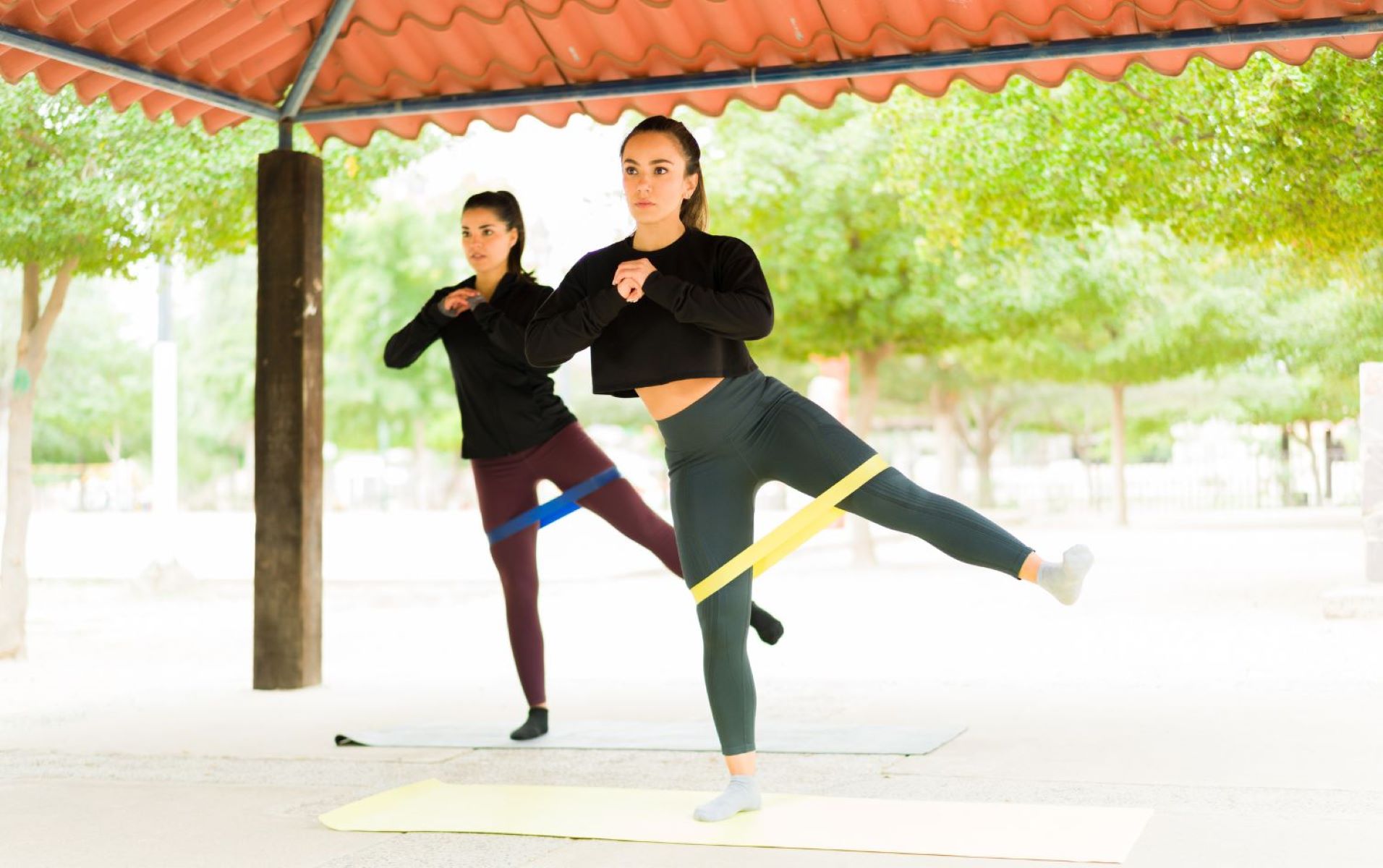

Health and Wellness
5 Alternative Exercises For Hip Abduction Without A Machine
Published: January 24, 2024
Discover 5 alternative exercises for hip abduction without a machine to improve your health and wellness. Strengthen and tone your muscles with these effective workouts.
(Many of the links in this article redirect to a specific reviewed product. Your purchase of these products through affiliate links helps to generate commission for Regretless.com, at no extra cost. Learn more)
Table of Contents
Introduction
Hip abduction is a crucial movement that involves the outward motion of the leg away from the midline of the body. This action is facilitated by the muscles in the hips, particularly the gluteus medius and minimus, which play a vital role in stabilizing the pelvis and supporting the body during various physical activities. While traditional hip abduction machines are commonly found in gyms, not everyone has access to such equipment. Additionally, some individuals prefer alternative exercises that offer variety and can be performed in different settings, such as at home or outdoors.
In this article, we will explore five effective alternative exercises for hip abduction that do not require the use of a machine. These exercises can be seamlessly incorporated into a workout routine to target the hip abductor muscles, improve overall lower body strength, and enhance stability and balance. Whether you are a fitness enthusiast looking to diversify your training regimen or someone seeking accessible ways to strengthen your hips, these exercises offer practical and impactful solutions. Let's delve into each exercise to discover how they can contribute to your fitness journey and help you achieve your wellness goals.
Exercise 1: Standing Side Leg Raises
Standing side leg raises are a simple yet effective exercise that specifically targets the hip abductor muscles. This exercise can be performed virtually anywhere, making it a convenient addition to any workout routine. To execute standing side leg raises correctly, begin by standing upright with feet hip-width apart and hands resting on the hips for balance. Engage your core muscles to maintain stability throughout the exercise.
Next, slowly lift one leg directly to the side, ensuring that the movement is controlled and the foot remains parallel to the ground. It is essential to focus on using the hip abductor muscles to lift the leg, rather than relying on momentum or swinging motions. Aim to raise the leg to a comfortable height, ideally until it is parallel to the ground, while keeping the torso upright.
Once the leg reaches its highest point, hold the position briefly to emphasize the contraction in the hip abductor muscles. Then, gently lower the leg back to the starting position with control. It is crucial to maintain a steady pace and avoid rapid or jerky movements to maximize the effectiveness of the exercise.
Performing standing side leg raises on both legs ensures balanced muscle development and helps prevent strength discrepancies between the left and right sides of the body. As with any exercise, proper form and technique are paramount to avoid strain or injury. Additionally, incorporating variations such as adding ankle weights or performing the exercise against the resistance of a cable machine can provide progressive overload and further challenge the hip abductor muscles.
Standing side leg raises offer numerous benefits, including improved hip stability, enhanced balance, and strengthened hip abductor muscles. These muscles play a pivotal role in supporting the pelvis and maintaining proper alignment during daily activities and athletic pursuits. By integrating standing side leg raises into your fitness routine, you can effectively target the hip abductors and contribute to overall lower body strength and stability.
Incorporating this exercise into a comprehensive lower body workout or dynamic warm-up can yield significant benefits, particularly for individuals aiming to enhance their functional strength and mobility. Whether you are a fitness enthusiast, an athlete, or someone seeking to elevate their physical well-being, standing side leg raises serve as a valuable addition to a well-rounded exercise regimen.
Exercise 2: Clamshells
Clamshells are a highly effective exercise for targeting the hip abductor muscles, particularly the gluteus medius. This simple yet impactful movement can be performed without the need for specialized equipment, making it accessible for individuals of varying fitness levels. The name "clamshells" aptly describes the motion involved in this exercise, as it mimics the opening and closing of a clamshell.
To execute clamshells, begin by lying on your side with your knees bent and stacked on top of each other. Ensure that your head, shoulders, and hips are aligned to maintain proper spinal alignment throughout the exercise. For added comfort, you can place a small pillow or rolled-up towel between your head and the supporting surface.
Next, engage your core muscles to stabilize your torso and pelvis. With your feet together, slowly lift the top knee away from the bottom knee, creating a "clamshell" shape with your legs. It is crucial to focus on initiating the movement from the hip, rather than relying solely on the knees. This deliberate activation of the hip abductor muscles maximizes the effectiveness of the exercise and helps prevent compensatory movements.
As you open your legs into the clamshell position, aim to elevate the top knee to a comfortable range of motion while maintaining alignment of the hips and shoulders. Once you reach the peak of the movement, hold the position briefly to emphasize the contraction in the gluteus medius and other hip abductor muscles. Then, gently lower the top knee back to the starting position with control.
Performing clamshells on both sides ensures balanced muscle development and supports overall lower body stability. Additionally, incorporating variations such as using resistance bands or ankle weights can provide progressive overload, further challenging the hip abductor muscles and promoting strength gains.
Clamshells offer a myriad of benefits, including improved hip stability, enhanced pelvic alignment, and strengthened gluteus medius. These outcomes are particularly valuable for individuals looking to enhance their functional strength, address muscular imbalances, and support injury prevention. By integrating clamshells into a comprehensive lower body workout or rehabilitation program, individuals can effectively target the hip abductors and contribute to overall lower body strength and stability.
Whether you are a fitness enthusiast, an athlete, or someone seeking to improve your physical well-being, clamshells serve as a valuable addition to a well-rounded exercise regimen. This exercise can be seamlessly incorporated into a dynamic warm-up, a targeted strength training session, or a rehabilitative program, offering versatility and impactful results for individuals of all backgrounds and fitness aspirations.
Exercise 3: Resistance Band Hip Abduction
Resistance band hip abduction is a dynamic and versatile exercise that effectively targets the hip abductor muscles while offering the added challenge of resistance provided by elastic bands. This exercise is particularly beneficial for individuals seeking to strengthen their hips, enhance stability, and improve overall lower body strength. The portability and adjustability of resistance bands make this exercise accessible for individuals of varying fitness levels, and it can be seamlessly incorporated into diverse workout routines.
To perform resistance band hip abduction, begin by securing a resistance band around your legs, just above the knees. Stand with your feet hip-width apart and ensure that the band is positioned securely to provide resistance during the movement. Maintain an upright posture and engage your core muscles to stabilize your torso and pelvis throughout the exercise.
Next, with the resistance band in place, initiate the movement by stepping laterally to one side, exerting force against the resistance of the band. As you step out, focus on actively engaging the hip abductor muscles to drive the movement, ensuring that the knees remain aligned with the toes. The resistance provided by the band creates tension, challenging the hip abductors and promoting muscle activation.
Once you have stepped out to a comfortable distance, hold the position momentarily to emphasize the contraction in the hip abductor muscles. It is essential to maintain control and stability during the movement, avoiding sudden or jerky motions. After holding the position, return to the starting position by bringing the feet back together, maintaining tension in the resistance band to control the movement.
Performing resistance band hip abduction on both sides ensures balanced muscle engagement and supports symmetrical strength development. Additionally, incorporating variations such as adjusting the resistance level of the band or performing the exercise at varying tempos can provide progressive overload, further challenging the hip abductor muscles and promoting strength gains.
Resistance band hip abduction offers a multitude of benefits, including improved hip stability, enhanced muscular endurance, and increased resistance to external forces. These outcomes are particularly valuable for individuals aiming to enhance their functional strength, address weaknesses, and support injury prevention. By integrating resistance band hip abduction into a comprehensive lower body workout or dynamic warm-up, individuals can effectively target the hip abductors and contribute to overall lower body strength and stability.
Whether you are a fitness enthusiast, an athlete, or someone seeking accessible and impactful ways to strengthen your hips, resistance band hip abduction serves as a valuable addition to a well-rounded exercise regimen. This exercise can be seamlessly incorporated into a dynamic warm-up, a targeted strength training session, or a rehabilitative program, offering versatility and tangible results for individuals with diverse fitness aspirations and objectives.
Exercise 4: Fire Hydrants
Fire hydrants are a highly effective and engaging exercise that specifically targets the hip abductor muscles, particularly the gluteus medius and minimus. This exercise, named for its resemblance to a dog lifting its leg at a fire hydrant, offers a dynamic and impactful way to strengthen the hips and improve overall lower body stability. Fire hydrants can be seamlessly incorporated into various workout routines, providing a versatile option for individuals of all fitness levels.
To perform fire hydrants, begin by positioning yourself on all fours with your hands directly beneath your shoulders and your knees aligned with your hips. This starting position helps maintain stability and proper spinal alignment throughout the exercise. Engage your core muscles to stabilize your torso and pelvis, creating a strong foundation for the movement.
Next, with a deliberate and controlled motion, lift one knee away from the floor, leading the movement with the hip. The goal is to raise the knee directly to the side, creating a 90-degree angle at the hip while keeping the foot flexed. It is essential to focus on engaging the hip abductor muscles to drive the movement, emphasizing the contraction in the gluteus medius and minimus.
As you lift the knee to the side, aim to maintain stability in the torso and pelvis, avoiding excessive rotation or tilting. This deliberate activation of the hip abductor muscles maximizes the effectiveness of the exercise and supports balanced muscle engagement. Hold the raised position briefly to emphasize the contraction in the hip abductor muscles, then gently lower the knee back to the starting position with control.
Performing fire hydrants on both sides ensures symmetrical muscle development and supports overall lower body stability. Additionally, incorporating variations such as adding ankle weights or adjusting the tempo of the movement can provide progressive overload, further challenging the hip abductor muscles and promoting strength gains.
Fire hydrants offer a multitude of benefits, including improved hip stability, enhanced balance, and strengthened gluteus medius and minimus. These outcomes are particularly valuable for individuals looking to enhance their functional strength, address muscular imbalances, and support injury prevention. By integrating fire hydrants into a comprehensive lower body workout or rehabilitation program, individuals can effectively target the hip abductors and contribute to overall lower body strength and stability.
Whether you are a fitness enthusiast, an athlete, or someone seeking accessible and impactful ways to strengthen your hips, fire hydrants serve as a valuable addition to a well-rounded exercise regimen. This exercise can be seamlessly incorporated into a dynamic warm-up, a targeted strength training session, or a rehabilitative program, offering versatility and tangible results for individuals with diverse fitness aspirations and objectives.
Exercise 5: Lateral Lunges
Lateral lunges, also known as side lunges, are a dynamic and effective exercise that targets the hip abductor muscles while engaging the quadriceps, hamstrings, and glutes. This versatile movement offers a functional approach to strengthening the lower body and improving overall lower body stability and mobility. Lateral lunges can be seamlessly incorporated into various workout routines, providing a comprehensive and impactful option for individuals of all fitness levels.
To perform lateral lunges, begin by standing upright with your feet shoulder-width apart and your hands positioned comfortably at your sides. Maintain an upright posture and engage your core muscles to stabilize your torso and pelvis throughout the exercise. This starting position establishes a strong foundation for the lateral lunge movement.
Next, take a deliberate step to the side with your right foot, ensuring that your toes are pointing forward and your heel remains in contact with the ground. As you initiate the lateral lunge, shift your body weight towards the right foot, bending the right knee while keeping the left leg straight. It is essential to focus on maintaining stability in the torso and pelvis, avoiding excessive forward lean or rounding of the back.
As you descend into the lateral lunge, aim to lower your body until the right thigh is parallel to the ground, creating a 90-degree angle at the knee. The left leg should remain fully extended, providing a gentle stretch to the inner thigh and hip flexors. It is crucial to emphasize the activation of the hip abductor muscles, particularly the gluteus medius, as they facilitate the lateral movement and support hip stability.
Once you reach the lowest point of the lunge, hold the position momentarily to maximize the engagement of the lower body muscles. Then, push through the right heel to return to the starting position, maintaining control and stability throughout the movement. Perform the lateral lunge on both sides, alternating between the left and right legs to ensure balanced muscle engagement and symmetrical strength development.
Incorporating variations such as holding a dumbbell or kettlebell at chest level or adding a lateral raise at the bottom of the lunge can provide progressive overload, further challenging the lower body muscles and promoting strength gains. Additionally, adjusting the tempo of the movement or performing lateral lunges on an elevated surface can offer diverse stimuli for muscle adaptation.
Lateral lunges offer a myriad of benefits, including improved hip flexibility, enhanced lower body strength, and increased stability and balance. These outcomes are particularly valuable for individuals aiming to enhance their functional strength, address muscular imbalances, and support injury prevention. By integrating lateral lunges into a comprehensive lower body workout or dynamic warm-up, individuals can effectively target the hip abductors and contribute to overall lower body strength and stability.
Whether you are a fitness enthusiast, an athlete, or someone seeking accessible and impactful ways to strengthen your hips, lateral lunges serve as a valuable addition to a well-rounded exercise regimen. This exercise can be seamlessly incorporated into a dynamic warm-up, a targeted strength training session, or a rehabilitative program, offering versatility and tangible results for individuals with diverse fitness aspirations and objectives.




